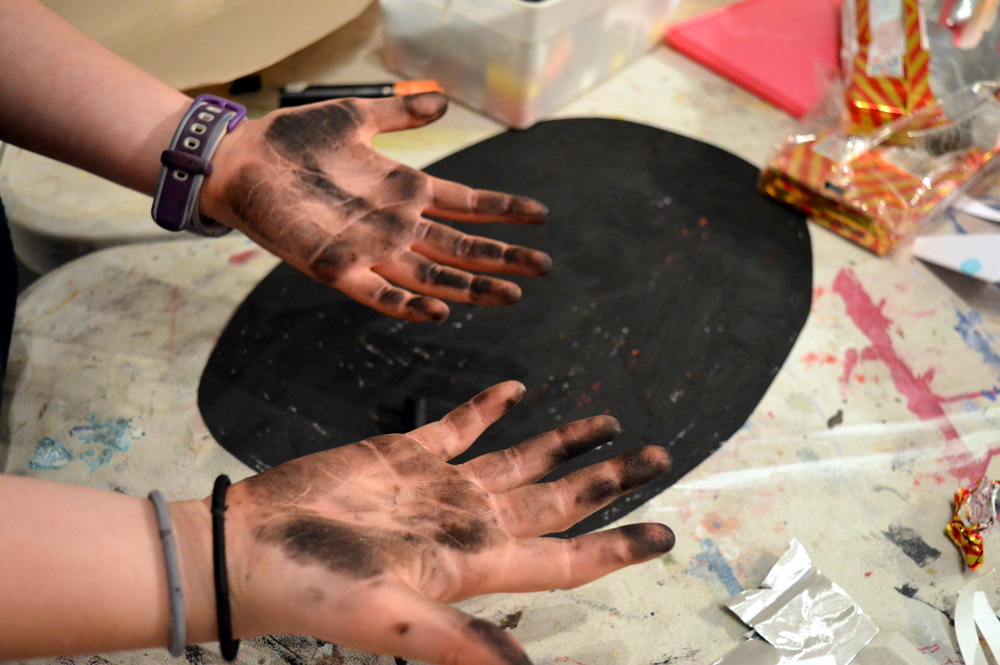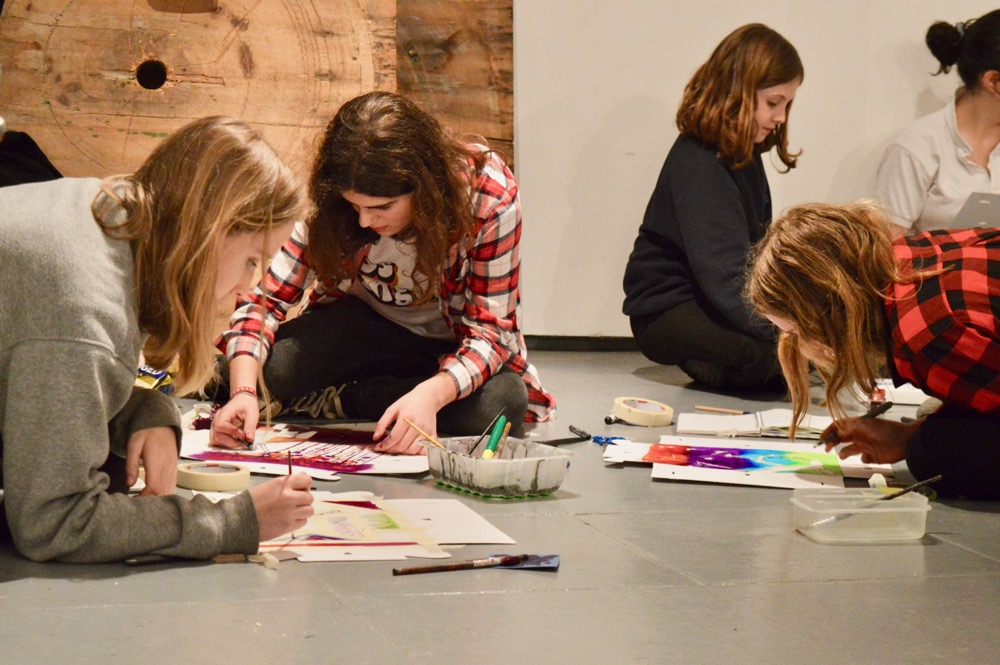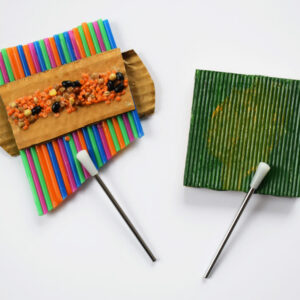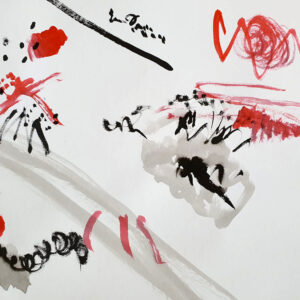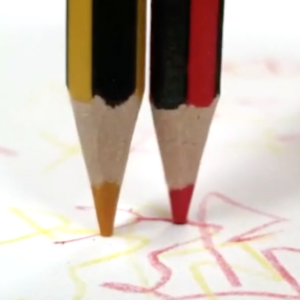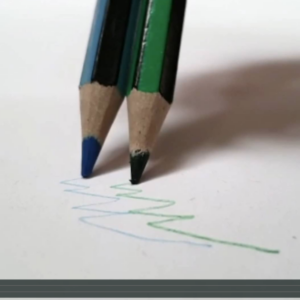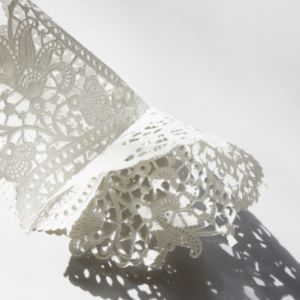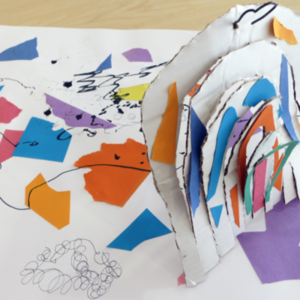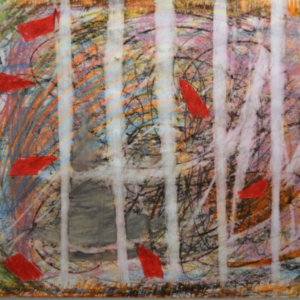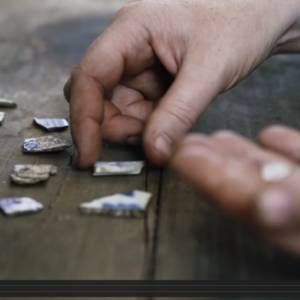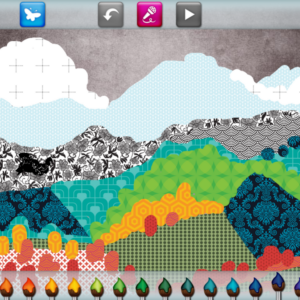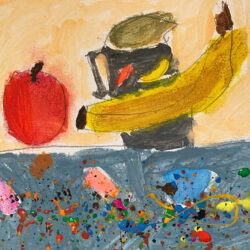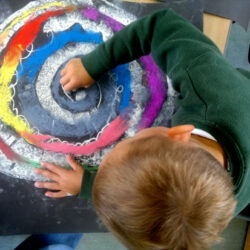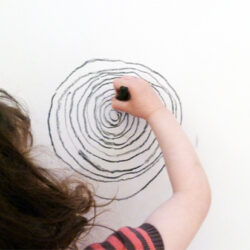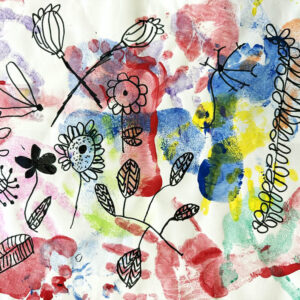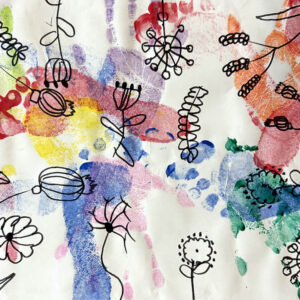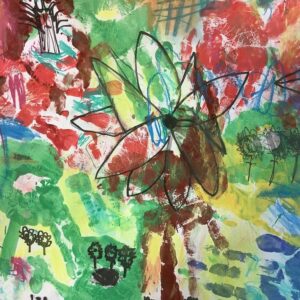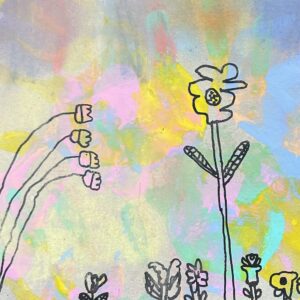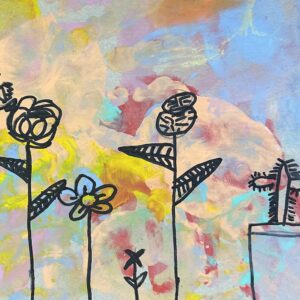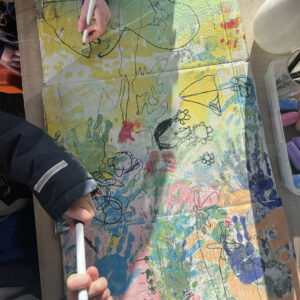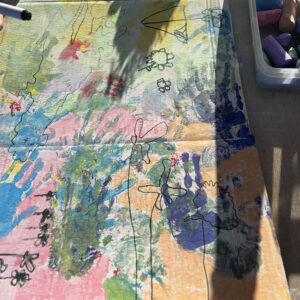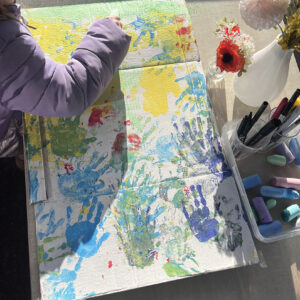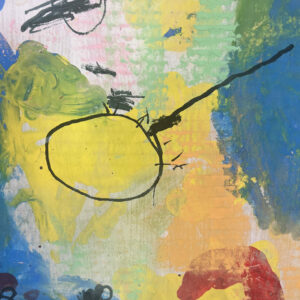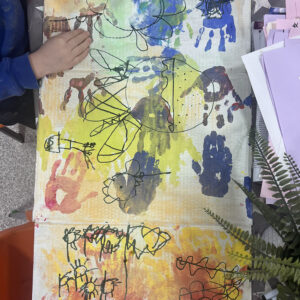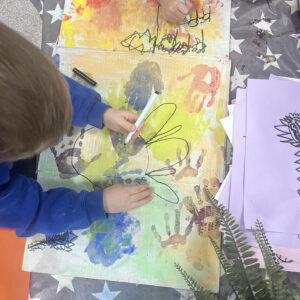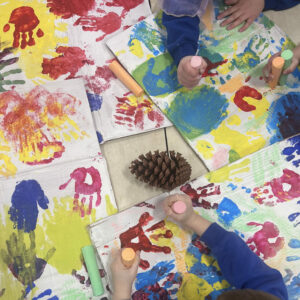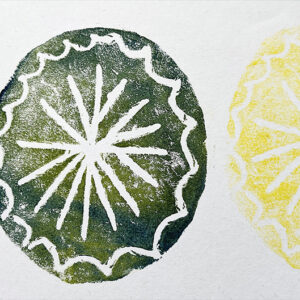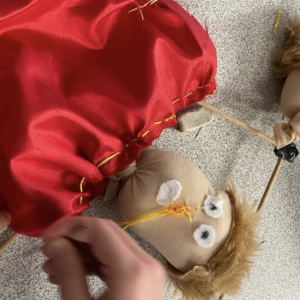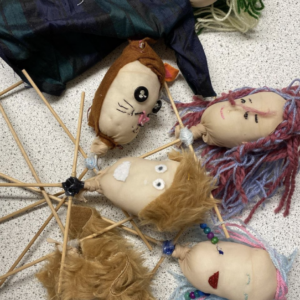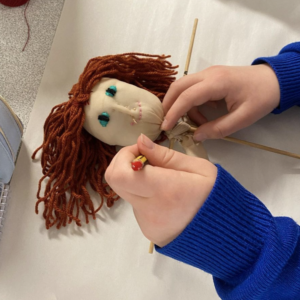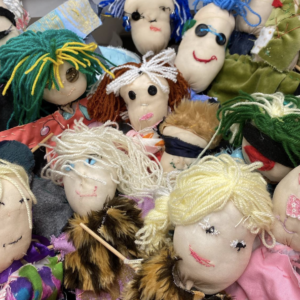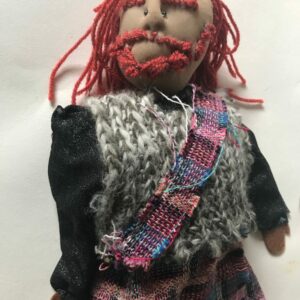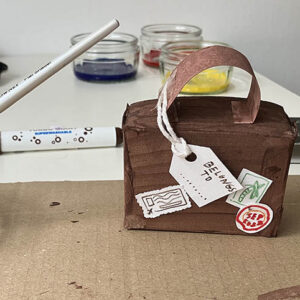In this post AccessArt contributor and Art Lead Anna Campbell takes her class on a creative culinary journey, using a range of making techniques to create a modelled cafe.
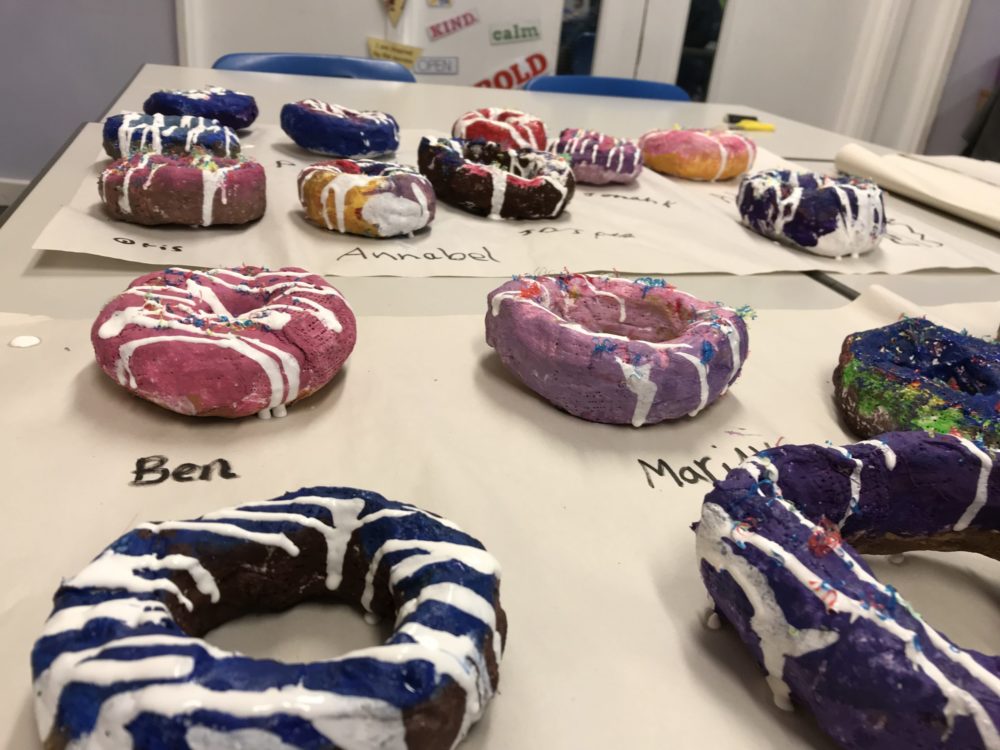
This project was made with children from Years 3-6 (ages 7-11). I wanted to create a term of sessions using and exploring textures, and to give the children the opportunity to work with lots of different media. I decided that an Art Club Cafe would be an awesome idea.
Notes for Teachers
-
What age range is this activity aimed at?
Year 3 – Year 6 (Ages 7-11). Due to the nature of some of the skills involved (sewing, cutting fabric) it would be more of a challenge for early years – but some processes could be replaced with using paint and drawing, making it more accessible to younger groups.
-
What processes and skills does it use?
- Observational drawing
- Sculpting skills
- Design through making
- Creating textures and patterns with clay
- Cutting, measuring and joining fabric
- Experimenting with colours
-
What materials will I need?
For the doughnuts:
Mod roc
Newspaper
Round dish sponges (optional)For the boiled egg and soldiers:
Egg shells
Plaster of Paris
Sponges
PaintFor the burger pots:
Air dry clay
Tempera paintFor the pizzas:
Scrap material
Felt
Quilt wadding
Fabric glue
Sewing thread and needlesSketchbooks or Watercolour paper
WatercoloursTo paint a picnic:
Large plain sheet
Watercolours and inks
Picnic food!For the exhibition (optional):
Cheap burger boxes and paper sheets
Pizza boxes
Egg cups -
How long will the activity take?
A terms’ worth of sessions.
11 sessions at 1 hour each and 1 hour for the exhibition
To access all content, I would like to join as…
AccessArt is a UK Charity and we believe everyone has the right to be creative. AccessArt provides inspiration to help us all reach our creative potential.
